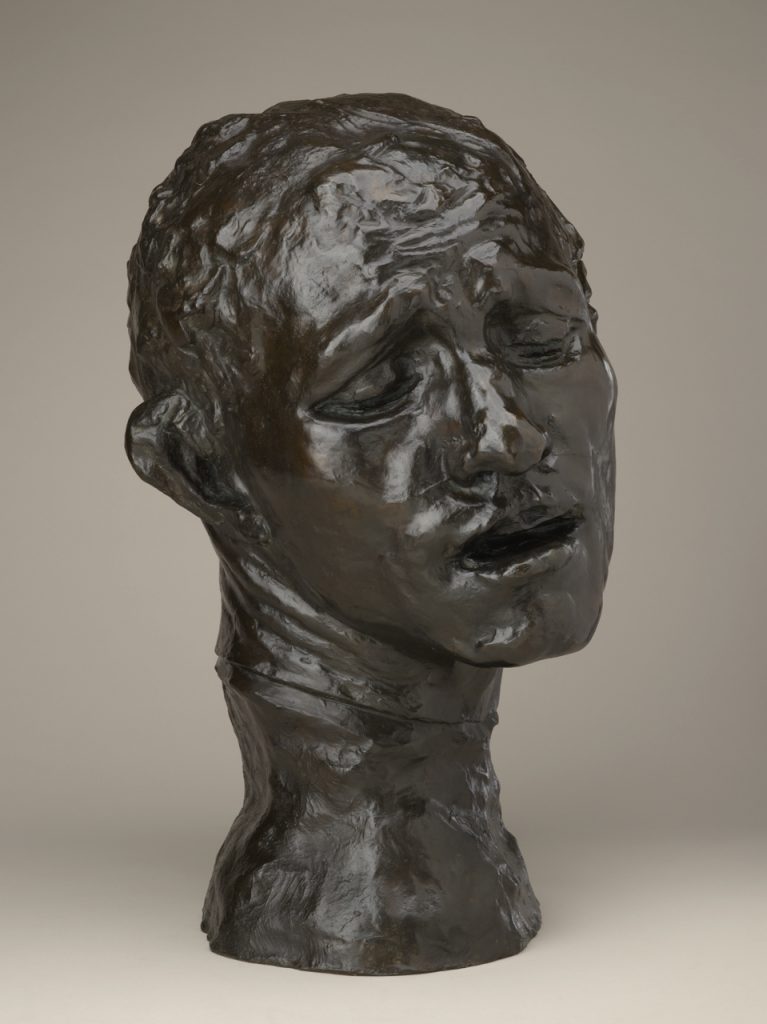Vocabulary
sculpt
expression
life size
larger than life
huge
sculpture
self-portrait
texture
emotion
Materials
Teacher materials:
Cartoon line drawings of different expressions
small sculpture with texture
Student materials:
Plexiglas mirrors
nontoxic air dry clay (white)
sponges and/or paper towels
styrofoam plates (one per student)
bowls for water
wet wipes, two per student, to be passed out at end of lesson
Extension Activities for Teachers
- Look for things that are very large and very small, and then use words to describe their size. Draw pictures based on descriptive words about size, such as draw yourself as a GIANT.
Extension Activities for Families
- Talk with your family about expressions. Make silly faces together. Have a grown up help make a list of things that make you happy.
Links
